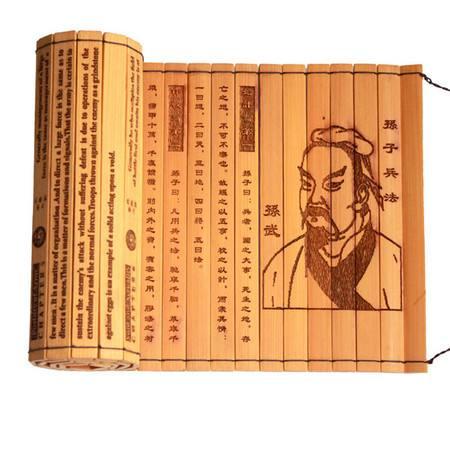What Kind of books is Sun Zi Bing Fa and Nei Jing ?
2 min readSun Zi Bing Fa is a book of military strategy and tactics written by Sun Wu ,the great military strategist of the Spring and Autumn Period.The ancient editions of Sun Zi Bing Fa have thirteen chapters.However,in recent years,anotheredition was discovered in a Han tomb located in Shandong Province.Its edition has fifteen chapters.The book,which describes the art of war in ancient China,includes rich experiences from many different historical battles.In addition,it illustrates aspects of the society during the Spring and Autumn Period.Its expression seems simple,but it offers deep thought.The book is regarded as one of the great prose works of its time.

What Kind of books is Nei Jing?
This book’s full name is Huangdi Neijing(Medical Classic of the Yellow Emperor).The current version of the book consists of two parts:the Plain Questions(suwen)and the Divine Pivot(lingjiu).Each part has eighty-one articles. Many historians and physicians throughout Chinese history verified that the major contents of Medical Classic of the Yellow Emperor appeared in the Warring States Period.It was added to during the Qin and Han dynasties and compiled in the early times of the Western Han Dynasty.

The book’s authors are unknown.It includes the Yellow Emperor in its title because people in ancient China believed that only an ancient sage could have written such a good book.But the book consists of numerous short,medical essays by anonymous authors explaining the foundations of human health and illness along with the discussions of the yin-yang and five-agents doctrines,the human body and its organs,qi and blood,pathogenic agents,concepts of disease and diagnosis,and a variety of therapies.For the first time,health care took the form of“medicine.”
Reading this book not only offers a better understanding of the roots of Chinesemedicine as an integrated aspect of Chinese civilization,it also provides a much needed starting point for discussions of the differences and parallels betweenEuropean and Chinese ways of dealing with illness and the risk of early death.









